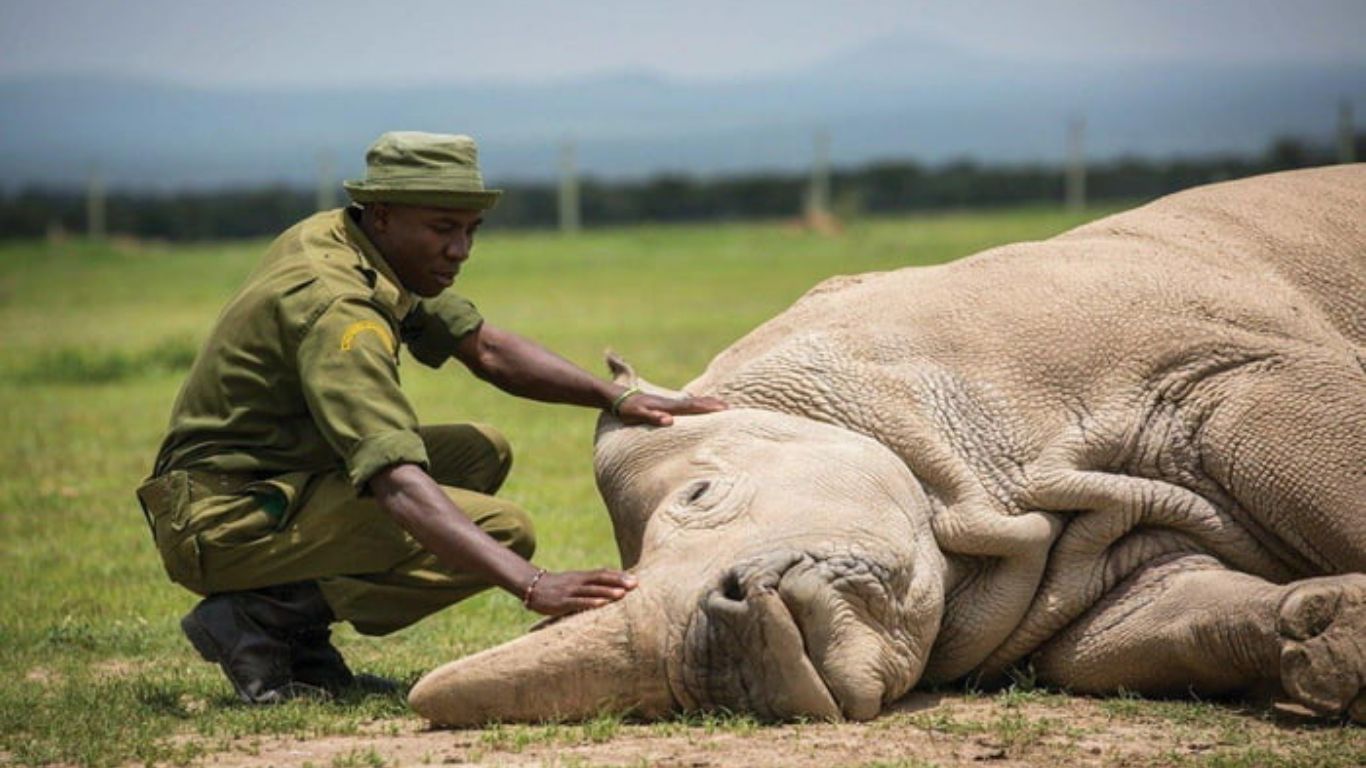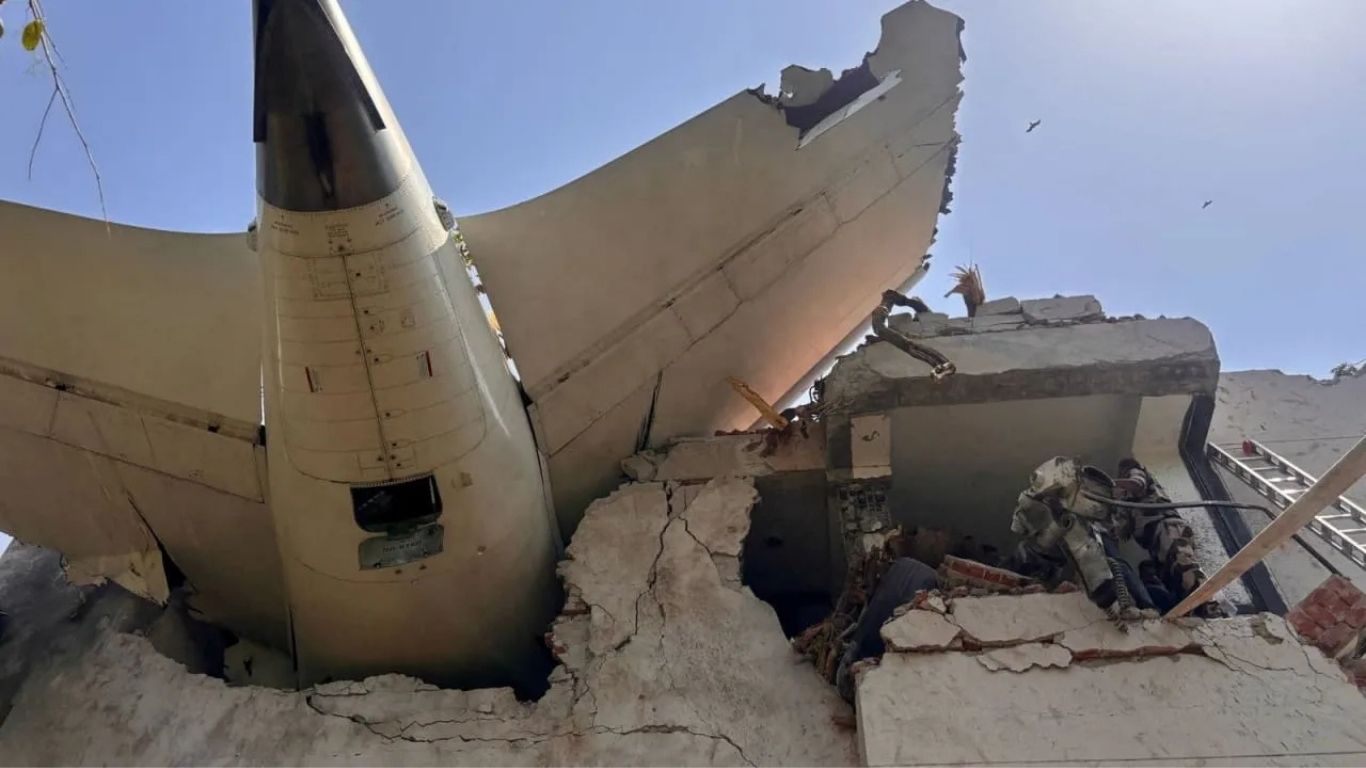A Haunting Scene on Tasmania’s Shores
More than 150 dolphins—stranded, helpless, and fighting for survival. That was the grim reality on a remote beach in Tasmania, Australia, this week. Authorities rushed to the scene, attempting to save those still alive, but the odds were stacked against them.
Marine experts and wildlife officials described the situation as dire. The stranded animals, identified as false killer whales (a species that eerily resembles orcas), were strewn across the shore. Of the 157 dolphins, 136 were reportedly still alive when rescue efforts began—a number that would tragically decline as time passed.
A Battle Against Time and Nature
The biggest hurdle? Logistics. The beach’s remote location made it almost impossible to bring in the heavy equipment needed to refloat the massive creatures. Some of these dolphins weigh up to 3,000 pounds—more than a small car—and their sheer size made any rescue effort an uphill battle.
Brendon Clark, a state wildlife officer overseeing the operation, painted a bleak picture.
“Refloating them is a challenge, given their weight. As with any stranding, euthanasia is an option to minimize suffering, and we have vets on-site to make informed decisions.”
Translation? Some of these dolphins were simply beyond saving.
The Chilling Unknown: Why Did This Happen?
Nobody knows why these intelligent, highly social creatures stranded themselves. Some experts speculate it could be due to navigational errors, environmental factors, or even distress signals gone wrong. But the truth remains elusive.
What’s even more alarming is that this isn’t an isolated incident. In 2020, a staggering 470 pilot whales were stranded at Macquarie Harbor, marking Australia’s worst mass beaching event. Just two years later, 230 pilot whales met a similar fate. And last year? Another 160 pilot whales were found stranded in Western Australia—many of which had to be euthanized.
If this is a pattern, it’s one that should terrify us all.
Witness to a Heartbreaking Tragedy
Jocelyn Flint, a local resident, shared the moment her son discovered the dolphins while out shark fishing.
“The water was surging right up and they were thrashing. They’re just dying, sinking down in the sand. I think it’s too late.”
Her words echo the helplessness felt by many.
A Disturbing Trend With No Clear Answers
Mass strandings have baffled scientists for years. While some point to rising ocean temperatures and human activity disrupting marine ecosystems, others believe the reason is much more complex. One thing is certain: These tragedies are becoming more frequent, and we’re no closer to preventing them.
For now, rescue teams continue their efforts, hoping to save as many dolphins as possible. But as history has shown, the ocean doesn’t always let go of what it claims.
And the question remains—how many more times will we witness this before we finally understand why it keeps happening?




